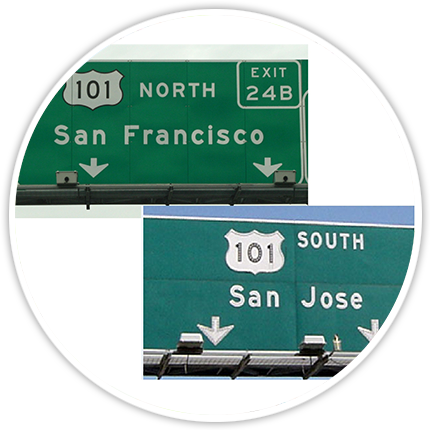 Google is throwing its weight around on behalf of the netizins of the world. Beginning this October, Chrome users will start seeing “Not Secure” warning messages any time they use Incognito Mode and venture onto a website that isn’t using a secure socket layer (SSL). The easiest way to tell the difference? Secure websites begin with “HTTPS” while un-secured sites begin with “HTTP.”
Google is throwing its weight around on behalf of the netizins of the world. Beginning this October, Chrome users will start seeing “Not Secure” warning messages any time they use Incognito Mode and venture onto a website that isn’t using a secure socket layer (SSL). The easiest way to tell the difference? Secure websites begin with “HTTPS” while un-secured sites begin with “HTTP.”
This is actually the second time Google has expanded their use of the “Not Secure” message. They began rolling it out last year, but at the time, it only appeared on pages that contained passwords and credit card data fields.
Since the company began displaying the warnings, they’ve reported a 23 percent reduction in unsecured password and credit card pages.
Eventually, the company plans to expand the use of the “Not Secure” message on all pages, period, whether the browser is in Incognito Mode with the ultimate goal being to push Web Masters to use SSL everywhere, and that strategy appears to be working. As things stand now, nearly half of all web traffic happens securely. While that’s certainly not a magic bullet, it does make a would-be hacker’s job more difficult, and anything that accomplishes that goal is a step in the right direction.
Google’s focus has been rubbing off on other browser companies too, so it’s creating a virtuous cycle. Recently, Mozilla has also taken similar steps to warn its users about visiting HTTP sites.
Does your business use SSL technology? If it does, is your entire website secure, or just the password and payment pages? If you’re not sure what the answers to those questions are, it would be worth your while to find out, and if you’re not displaying secure pages, it’s a fairly easy change to make.
Used with permission from Article Aggregator
Categories: Blog














